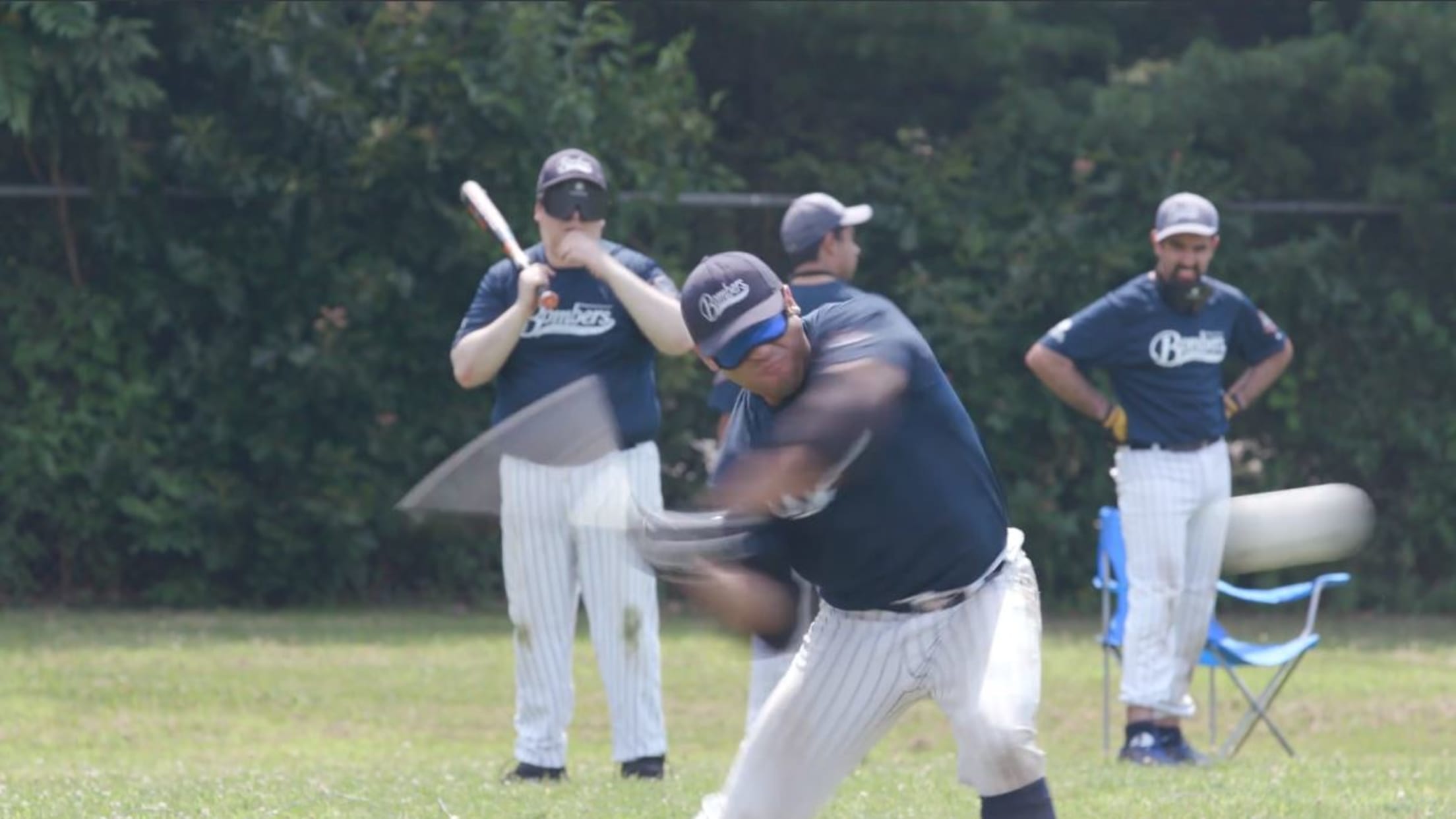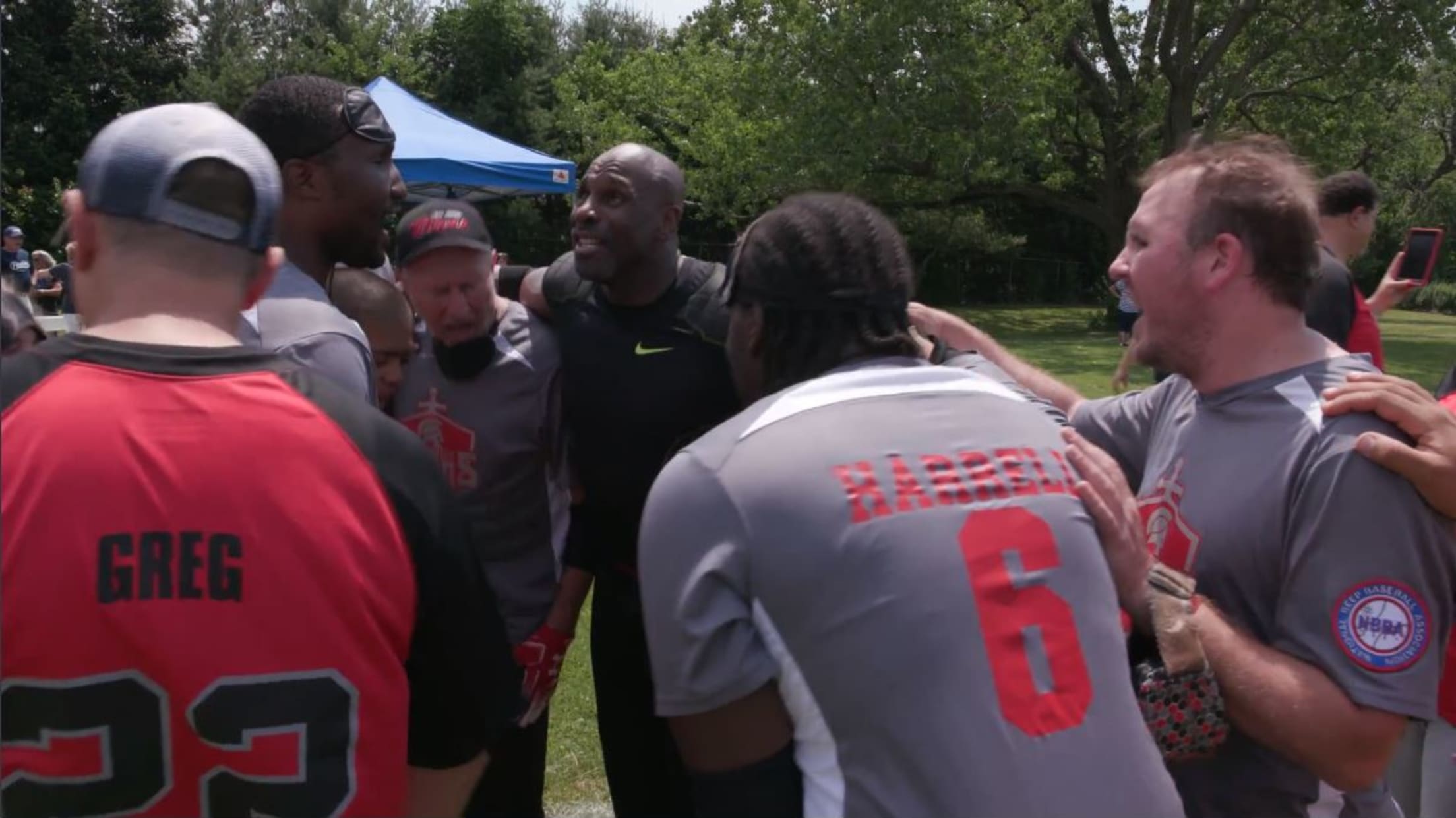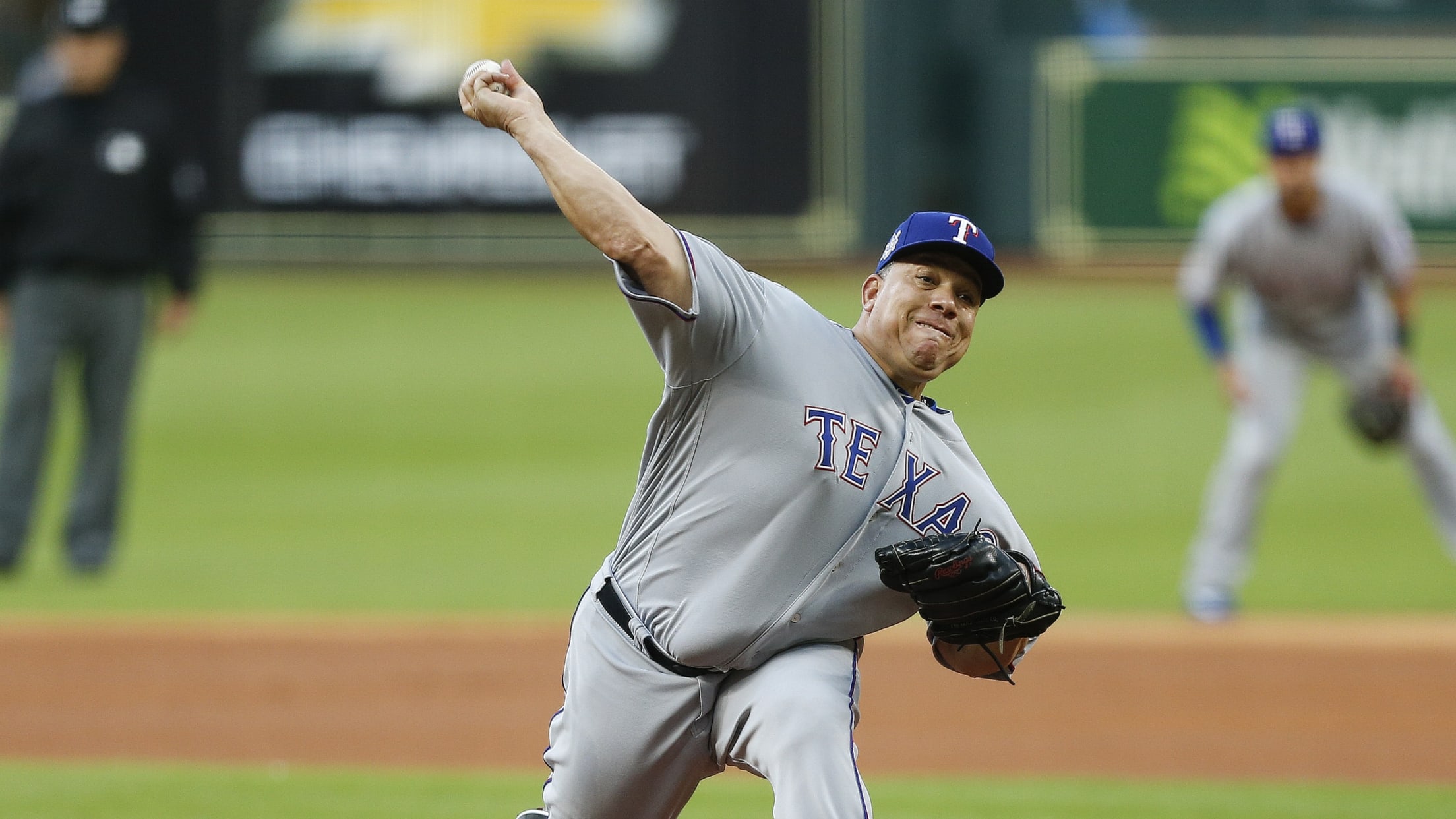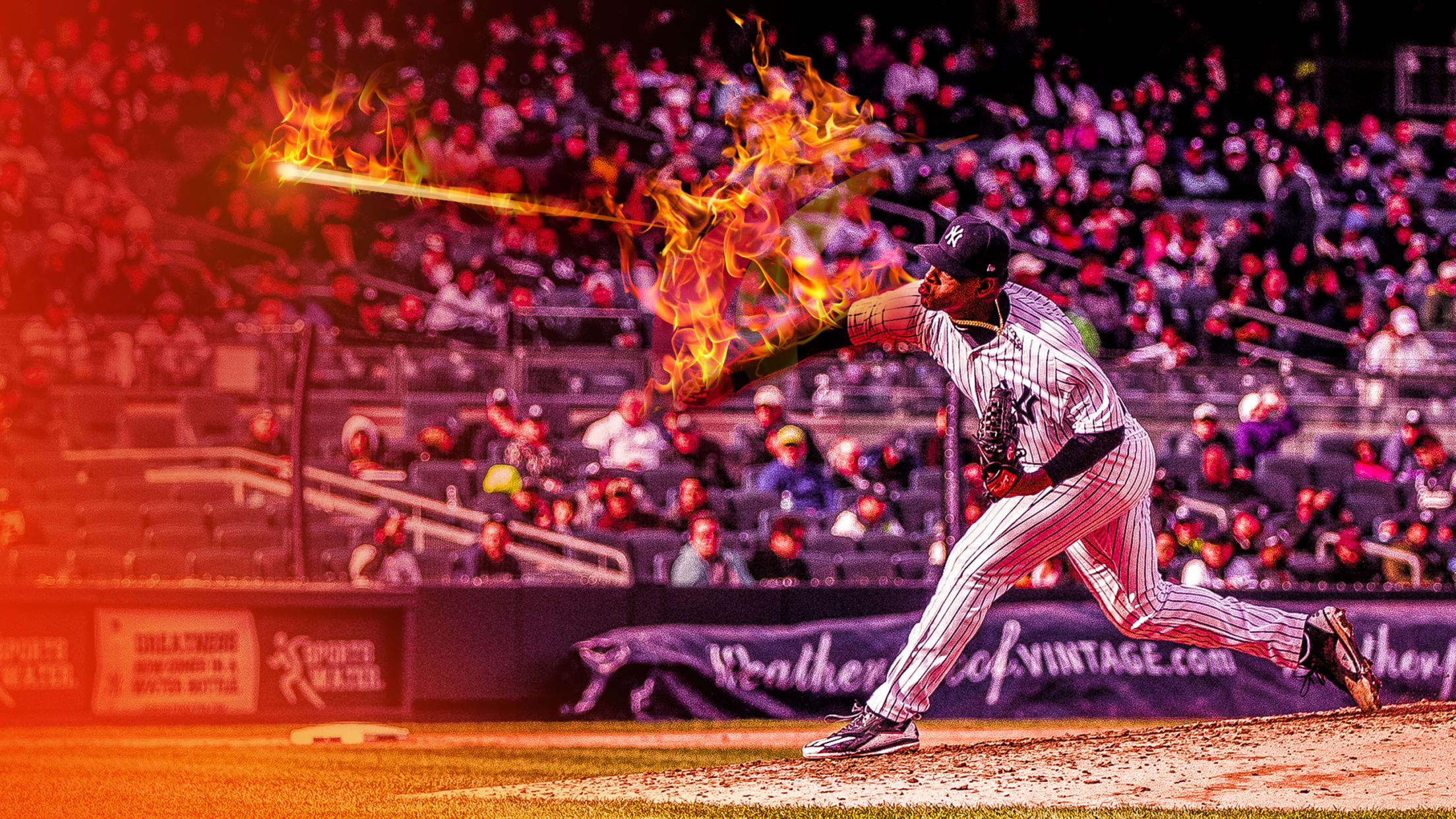Competition, joy and a little pain: Beep Baseball is a world of freedom for blind athletes

As the packed train from Brooklyn at 7:00 AM on a Saturday morning suggested, Long Island is a popular place during the summer. The smell of sunscreen dominated the air, perfect for a long day out in the sun on the beach at the Hamptons. So, when I got off at an inland station, no one followed.
When my ride pulled up to Senator Speno Memorial Park in East Meadow, NY, there was nothing about the scene that suggests an event of any import. Speno Park is indistinguishable from any other suburban athletic complex designed to host youth soccer games from sunrise to sunset every weekend. There wasn’t a sign on the road announcing what was taking place. The parking lot wasn’t even full.
Yet, for an entire Saturday in late June, this nondescript park, tucked in the middle of a suburban neighborhood, was host to the Beast of the East Beep Baseball tournament, featuring five teams stretching from Philadelphia to Boston, some of whom would contend for the Beep Baseball World Series the following month.
Beep Baseball is one of the few spaces where the blind can engage in competition and be a little bit reckless. Often, it's also one of the few places where they can form meaningful social bonds in a world that can otherwise prove incredibly isolating. In other words, it's a sport that truly improves lives.
But, that's all secondary. No one showed up on a hot Saturday for a feel-good story or because they felt their lives needed some enriching. They showed up to win some Beep Baseball games.

While the game looks a lot like baseball on the surface, what it looks like is kind of beside the point. Beep Baseball is a sport for the visually impaired. So, yes, there’s a pitcher, batter and fielders. Hitters run to a base after hitting the ball. But, there are significant differences from baseball, starting with the equipment and the field they play on.
The sport is named after the ball itself, a softball-sized ball modified to include a buzzer that beeps at a high pitch three times per second.
The pitcher, catcher and hitter are all on the same team, working together toward the goal of getting the hitter to hit the ball. The pitcher – who is sighted – stands 20 feet from home plate and throws to a spot in the batter’s swing path after letting him know the pitch is coming by saying “set, ready, ball.” The batter gets four swinging strikes and one take.
To hit the ball in play, the batter must put it between the first and third base lines – like in baseball – but it also must travel past the 40-foot mark. Once a player hits a ball fair, two things occur at once. An umpire flicks a switch in a random direction to activate buzzing in either first or third base – four-foot tall foam pylons located 100 feet from home plate – indicating which direction that batter has to run.
Meanwhile, a sighted spotter in the field shouts out a number indicating the zone of the field to which the ball was hit. The six fielders use that information, and the beeping of the ball itself, in an attempt to hunt it down – a process that involves a lot of diving and communication to avoid collisions.
If they can secure the ball before the runner touches the base, it’s an out. If the runner reaches the base first, it’s a run.
Beep Baseball isn’t the only sport for the blind, and most players are multi-sport athletes. A sport called Goalball – think, if you can, of a cross between bowling and soccer – came across as the most popular among Beep players. But there’s something about Beep that is different from the other sports for the blind.
Every sport has a behind the scenes debate over how much injury or safety risk is tolerable on the field. In sighted sports, the default is that players should be given freedom to play -- sports are inherently an injury risk. A safety measure – such as a requirement for a helmet or the implantation of a rule to protect athletes -- should be imposed only when the danger of injury is too great.
In baseball, for example, rules for sliding into home and second base were only imposed in recent years after lack of regulation resulted in serious injury. For better or worse, the default stance was to let the players play until that proves untenable.
Sports for the blind have long approached that debate from the assumption that safety – rather than competition, fun or challenging oneself – should be the guiding principle. One such sport, however, is unique.
The story of Beep Baseball – perhaps unsurprisingly given its name – begins with the invention of the ball. In 1964 Charlie Fairbanks, an engineer for the Mountain Bell Telephone Company, heard that the Colorado School for the Deaf and Blind was in need of a ball that would work for their students to play sports. They had a football with bells attached to it, but once the ball stopped moving, it became impossible to locate. It didn’t make for a particularly fun game.
After experimenting with various balls, Fairbanks decided softballs would be the best carrier for his beeping device – a combination of spare telephone parts he had lying around his home workshop. He would deconstruct softballs, insert his jury-rigged beeper and hand them off to his wife, Vi, to stitch back up.
The first version of Beep Baseball popped up a few years later. In 1971, Ralph Rock of the San Francisco Telephone Pioneers created a new game using Fairbanks’ beeping ball. However, safety was at the center of the game in a way that sapped the fun from it. Like your local swimming pool, running was illegal: Batters had to walk to the base. If you ran, you were out. Likewise, fielders had to walk in pursuit of the ball. A fielder caught running would result in the batting team getting an automatic run. In short, trying hard was against the rules.
Obviously, Rock’s goal wasn’t to create a sport – what kind of game outlaws running! – and he said as much. “We’re not trying to create a new sport,” he told the Associated Press in 1973. “This is therapy. We’re trying to break through the frustrations and give the kids a sense of accomplishment.”
Unsurprisingly, the game never really caught on.
What’s the point of sports? Sure, they provide entertainment for spectators and fans, but that’s more a happy accident than the actual point. Sports are about the people who play them. They’re about athletes accepting a challenge, dedicating an almost-troubling amount of time and energy to it, taking risks along the way and, after all that, achieving something that no one thought possible.
It didn’t take long for players to create a more enjoyable game. John Ross was frustrated by the lack of challenge available in this version of Beep Baseball. A publisher of a Braille sports newspaper called Feeling Sports, Ross was given a version of Fairbanks’ ball and began to develop a new game, one that removed many of Rock’s kid gloves. The “Minnesota Rules” Ross came up with sport a very similar look to the current game.
Most importantly, the game was fun. Sure, fielders would occasionally bust their knees diving for balls or get shaken up colliding with each other in the field, but the players liked it.
Ted Fass is the Director of the Long Island Bombers and no longer plays for the team. But, when he played, he earned the nickname “Crash” for his reckless style of play that would surely have been out of place in Ralph Rock’s game. But, the same trait that earned him that nickname also earned him an early retirement. Like so many former baseball players, Fass’ knee no longer allows him to play Beep, but you don’t hear regret in his voice when he talks about that. Being able to play that way is what drew him and so many others to the game in the first place.

It stretches the imagination to conjure an image of a uniquely aggressive or reckless Beep player. Unlike baseball, Beep is very much a contact sport. Scoring a run involves slamming into a pylon and, often, falling to the ground with it. Fielding involves literally blindly diving after the ball. Within minutes of watching my first Beep Baseball game, I saw two players collide in the field, pursuing the ball at full speed. It was definitely not the last collision that took place that day. I would feel comfortable attaching the name “Crash” to anyone on that field. Watching Fass must have been wild.
Before Beep, many of the players had a much more sheltered experience of their lives – as if Ralph Rock designed every aspect to avoid risk. In many activities, they’re accompanied by aides or sighted guides. Sherlock Washington was at the tournament with the NJ Lightning, but it seems he’s played with most every team there is. He also plays numerous other sports for the blind. "This is a joy to be outdoors," Washington said. "It's a joy to be running free without having to have a sighted guide."
With that freedom comes collisions and injuries, but ask any player about those risks and you’ll get a shrug. It’s part of the game. I talked to Jim Hughes of the Long Island Bombers just minutes after he was involved in a collision on the field. While he hopes to avoid the next one, he wasn’t bothered by it at all.
"It's just being active and just being able to run freely," Alfonso Harrell of the New Jersey Titans said of what makes Beep Baseball so special for him. "I'm not able to do that in my everyday life." But, he’s also attracted to the team aspect of the game. "Knowing that I'm helping other people win a game -- I can't get that doing anything else."
Unlike most other sporting events, there’s not constant cheering and chatter to let you know the fans and players are into it. Encouragement and taunting from the dugout is lacking. That’s not because players aren’t enjoying themselves, and it’s not because they don’t have their teammates’ backs.
It’s just part of the nature of the sport. The object of the game is to track down beeping objects, whether it’s the batter running toward the base or the fielders hunting the ball. You can’t do that if there’s a lot of ambient noise. That’s why play comes to a halt every time a plane flies over the field and why no one cheers until each play comes to an end.
But when the play ends – whether it results in a run or an out – teammates rush to the player who got the run or recorded the out for congratulations. At Beast of the East, the Titans won the day in terms of team spirit. They had coordinated cheers after seemingly every play.
The social aspect for every team is hard to undersell. Fass described Beep as a “social environment for players that have very little social background.” But, hanging out behind a dugout, you’d never get that impression. It sounds like any close-knit group you’ve ever been around. They have nicknames for each other. They cheer each other on. They talk trash.
Hughes -- who wrestled throughout high school -- described Beep as the most rewarding blind sport. "It's legitimate competition for blind people," he said. "We're hitting a pitched ball, which is incredible. I remember the first time I hit a live pitch, I'm like, 'This is frickin' awesome.'"
"You want to be in that situation where you're competing," Hughes continued. "It's not taken away from you just because you have a particular disability. You just have to find new outlets and adaptive manners to engage yourself."
In a lot of ways, Beep Baseball isn’t much different than any other sport from the level of skill required to play it well to the potential of participants to discover themselves in it. For the players, the game offers an opportunity to run free for a while in a world created for the visually impaired.
So, on a sweltering Saturday in June, they showed up at a park on Long Island to play Beep Baseball for an entire day. It didn’t matter that no one was watching. Because the field is where they can set their disability aside, they’re not there as some kind of feel good story. They’re there to win by diving for the ball and hustling down the line. If they pick up a couple bruises along the way, well, that’s just part of being an athlete.





